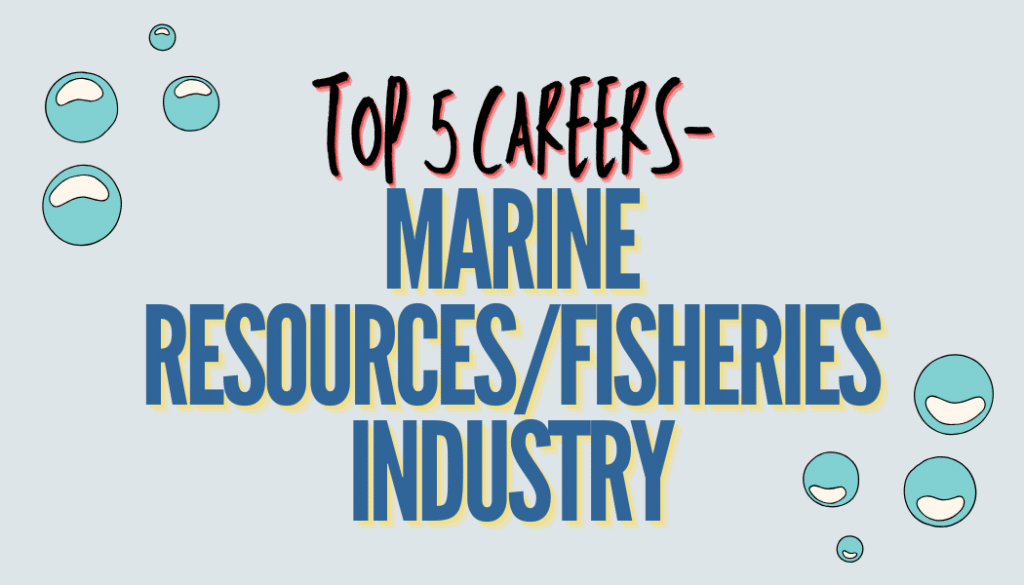
Thanking Canadian Farmers This Canada Day
Canada Day is HERE and the team at YCR wants to send a special shoutout and thank you to the people that fill bellies from sea to sea each and

The Canadian marine resources and fisheries industry is a cornerstone of the Canadian economy and way of life for the 7 million Canadians living in coastal communities.
Canada is a global leader in sustainable fisheries management and aquaculture production by having the second-largest single food export, reaching 140 countries worldwide.
This reputation has been aided by having the world’s longest coastline and access to the Atlantic, Pacific, and Arctic oceans.
As the global demand for seafood rises and environmental challenges persist, the need for skilled professionals in the marine resources and fisheries sector has never been greater.
Here are the 5 top career paths in this industry that are crucial for maintaining Canada’s reputation in the global marine resource and fisheries sector.

As Canada’s marine resources and fisheries industry continues to play a pivotal role in the nation’s economy and cultural identity.
For those passionate about marine conservation, scientific research, or sustainable resource management, these careers offer the opportunity to enhance the way of life for Canada’s coastal communities and the nation’s economic future.
As the industry evolves, these roles will be crucial in shaping policies, implementing innovative practices, and safeguarding Canada’s reputation in the sector.
NOTE: The job requirements for each highlighted career path may vary depending on the company that is offering opportunities for these career paths. Moreover, the salaries for these career paths depend on the city or province you are located in, educational attainment, and the companies’ stated salaries for these job opportunities.
Sign up for updates about our work at YCR. Please sign up using a personal email and not a work or school email if possible.
"*" indicates required fields

Canada Day is HERE and the team at YCR wants to send a special shoutout and thank you to the people that fill bellies from sea to sea each and

When most people think of Canada’s energy sector, they imagine oil rigs on the prairies or wind turbines spinning along the coast. But behind the scenes, there’s another critical force

In Ontario and BC, provincial governments are taking meaningful action to flip the script: Bills 5 and 15 are concrete steps towards eliminating…